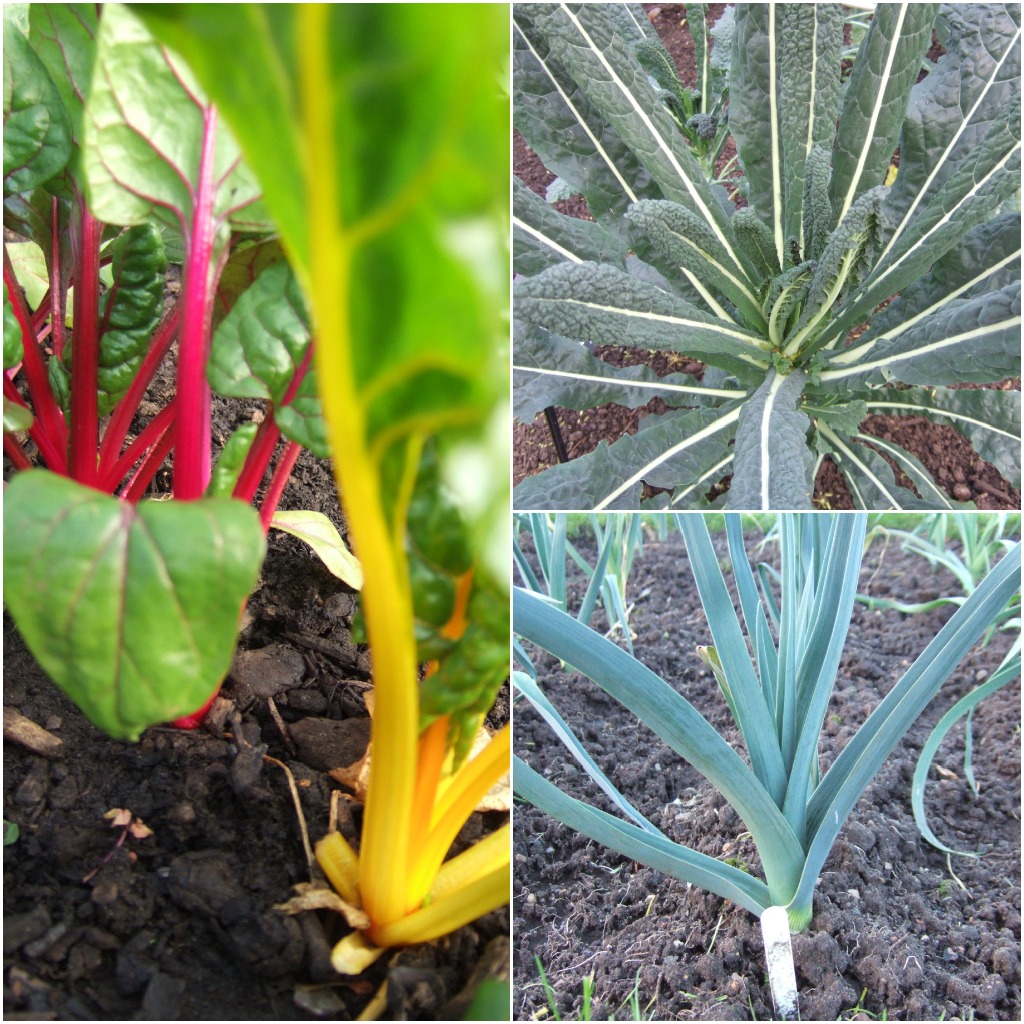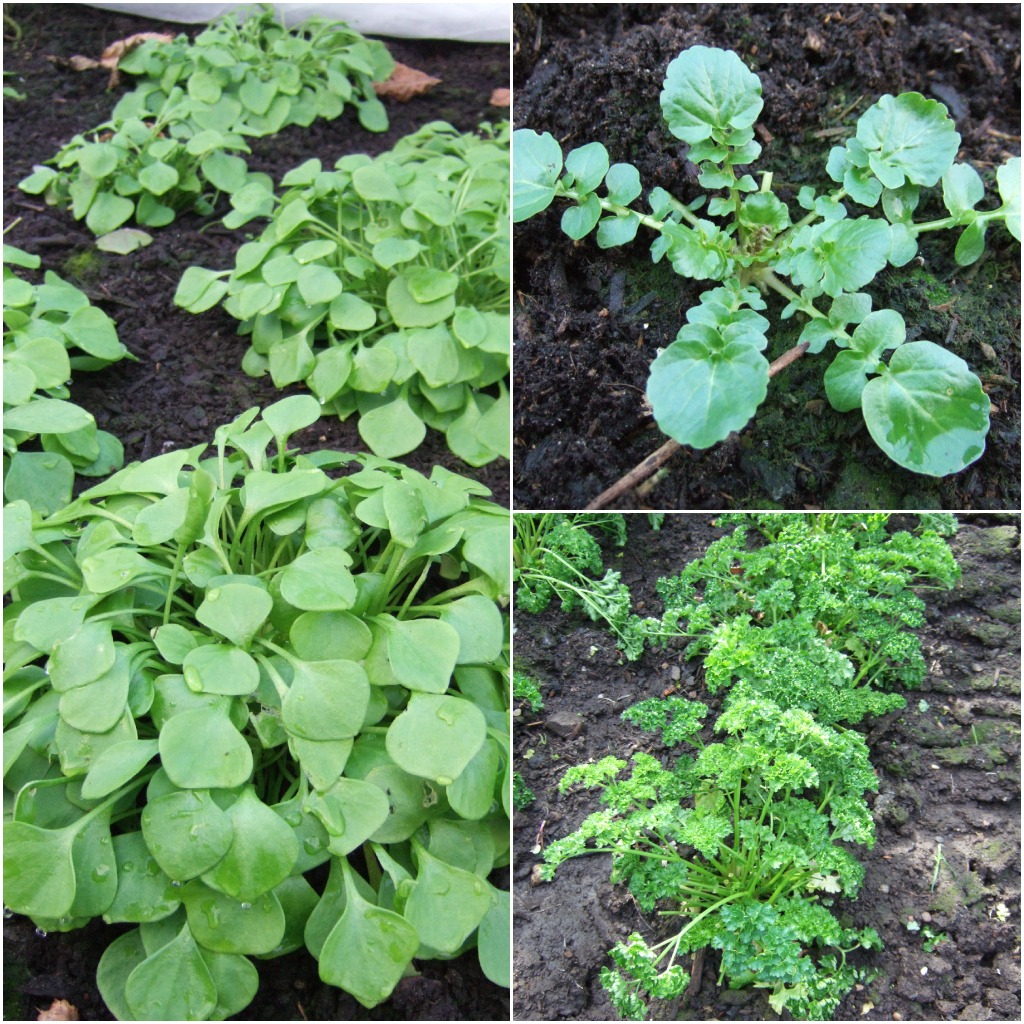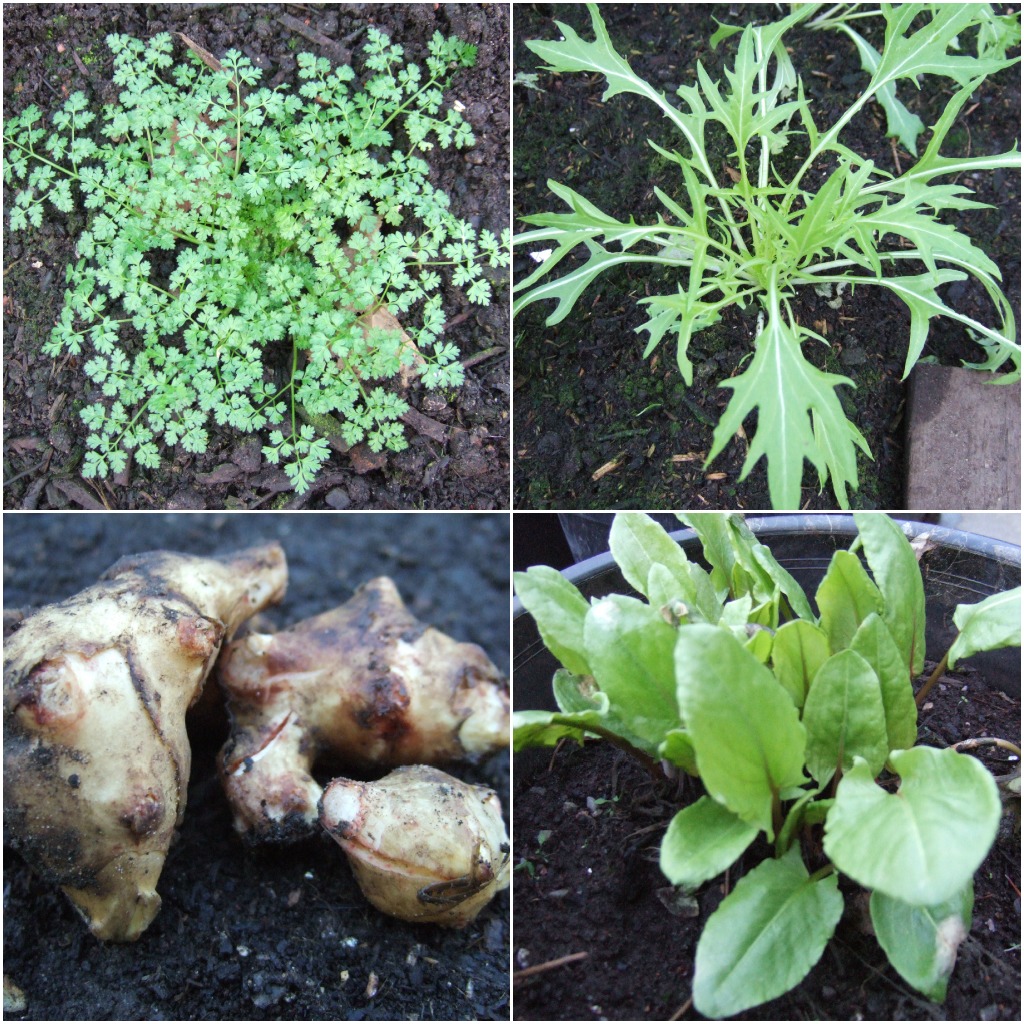Cold temperatures and low light levels in winter do not mean an end to fresh produce from the garden. Here at The Royal Botanic Gardens Edinburgh we have been harvesting a range of vegetables over the darkest months. Here is a list of our favourites.
1. Chard: Multi-coloured leaf stalks and spinach-like leaves make this an indispensable winter crop in the Edible Garden. Sow July – August, Harvest December – May.
2. Kale: Very hardy, provides a continuous supply of nutritious leaves. There are several attractive varieties such a ‘Nero di Toscana’ and ‘Red Winter’. Sow May – July, Harvest December – April.
3. Leeks: A winter classic, essential for broths, soups and stews. Sow April, Harvest January – April.
4. Winter/Land cress: A spicy salad crop. Sow August. Harvest January – April.
5. Winter purslane (Claytonia): Mild, buttery textured leaves that combine well with land cress in a winter salads. Sow August. Harvest January – April.
6. Parsley: Flat-leaved and curly parsley provide vitamin C rich leaves throughout the winter months. Sow July – early August, Harvest December – April.
7. Chervil: A delicate aniseed flavour and fine, feathery leaves. Sow July – early August, Harvest December – April.
8. Mizuna and mibuna: Oriental greens that can be stir-fried or eaten raw in salads. Sow August – September. Harvest January – April.
9. Jerusalem artichokes: Knobbly roots that produce a velvety soup (and flatulence!). Plant tubers March, Harvest January – February
10. Sorrel: A perennial herb that grows fresh citrus flavoured leaves early in the year.
Please note: All of the above crops have survived outside uncovered this winter, which has not been particularly harsh. However they will always be more productive and more likely to survive a tough winter if grown under a fleece or in a cold frame, unheated greenhouse or polytunnel.




mohrav
Reblogged this on EcoTech & Design.